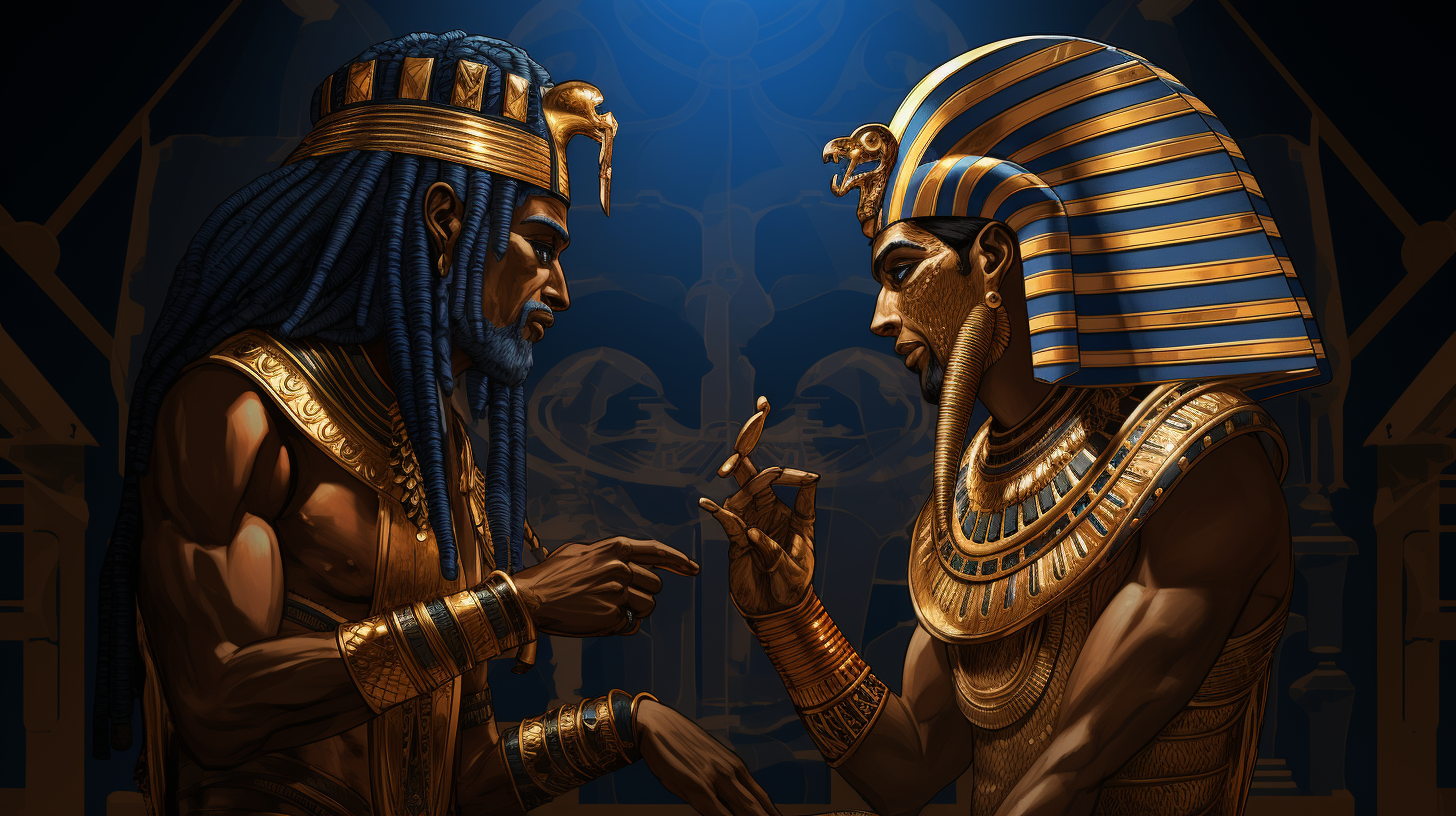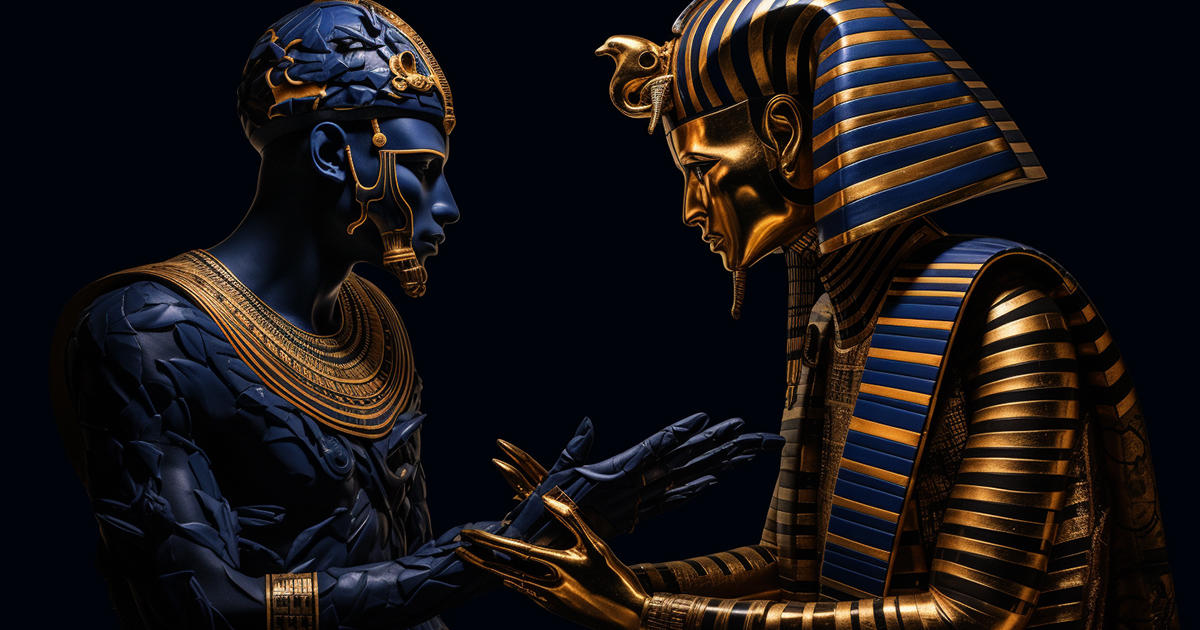A Tale Begins
In the depths of historical mysteries and conspiracy theories lies a story awaiting revelation. Explored in Season 12, Episode 5 of “Ancient Aliens,” this captivating narrative uncovers a possible tie linking Moses to King Tut’s uncle, Ankhkheprure. The journey transports us back to January 26, 1909, in the Valley of the Queens, preceding the iconic discovery of King Tut’s tomb. A sequence of events unfolds during a theatrical performance, igniting investigations into the existence of Akhenaten and the intriguing parallels among him, his brother Thutmose, and the biblical figure Moses. Let’s delve into this compelling expedition to unlock the ancient enigmas of Egypt and their potential connections to biblical narratives.
Unraveling the Mystery
The episode sets the scene with a theatrical depiction in the Valley of the Queens, where Joseph Lindon Smith, an artist and playwright, accompanied by Egyptologist Arthur Weigel, presents a play to Howard Carter’s team. The story revolves around a curse cast upon Pharaoh Akhenaten by the priests of Amun, foretelling his eternal haunting as a ghost for defying tradition. As the play unfolds, peculiar incidents occur: a sudden storm, an actress losing her sight, and the playwright’s wife falling severely ill. These occurrences raise doubts about Akhenaten’s legitimacy and the potential repercussions of interfering with his legacy.

The Enigmatic Puzzle of the Sarcophagus
As the narrative progresses, attention turns to King Tut’s mysterious sarcophagus, sparking controversy. The middle coffin showcases distinctive facial features, with a cartouche bearing King Tutankhamun’s name, seemingly superimposed on an initial inscription of “Ankhkheprure.” A concealed cartouche beneath King Tut’s name unveils the title “Ankhkheprure,” unrelated to the young king. This discovery prompts a thought-provoking question: why was a sarcophagus intended for Ankhkheprure repurposed to house King Tut’s remains?
Exploring the Enigma of Ankhkheprure
Ankhkheprure transcends a mere name in Egypt’s historical context. Rulers often adopted throne names distinct from their birth names, suggesting that Ankhkheprure could correspond to a significant, mysterious figure within King Tut’s lineage. This speculation hints at Ankhkheprure possibly being Prince Thutmose, purportedly Akhenaten’s brother, with unrealized prospects for a throne.
The Intriguing Hypothesis by Freud
A surprising twist in the tale introduces a theory credited to Sigmund Freud, the renowned psychoanalyst with a deep fascination for Judaism and ancient Egypt. In 1939, Freud proposed that monotheism originated from Akhenaten, implying that someone within Akhenaten’s circle, potentially his brother Thutmose, embodies the historical persona of Moses.
Interweaving Narrative Strands
Freud’s theory draws parallels between the biblical portrayal of Moses and the historical account of Thutmose, with the name “Thutmose,” meaning “son of the god Thoth,” holding significant relevance. By extracting “Tut” from the name, “Mose” intriguingly mirrors “Moses.” Furthermore, Moses being raised as a prince’s sibling closely aligns with Thutmose’s historical position.
Watch the Video Here:
Summing Up
The “Ancient Aliens” episode, “Is Moses King Tut’s Uncle?,” leads us on a captivating journey through ancient Egypt, uncovering mysteries and potential links among Akhenaten’s lineage, Thutmose, and the biblical Moses. While the idea of Moses’ connection to Egyptian royalty may appear bold, it highlights the enduring allure of ancient history and the thrill of discovering hidden connections spanning different eras and cultures. Whether these theories are substantiated or not, they stand as a testament to the limitless wonders and puzzles that continue to intrigue us, bridging the past with our ongoing pursuit of knowledge and insight.
